Table of Contents
Introduction
Steel prices decide project costs more than any other material. For MSMEs, the rate of TMT bars is not a small detail. It can influence profit margins, working capital, and the chance of winning a tender. A sudden change in the Agni TMT steel price can alter the course of an entire project.
Why the market rate is only part of the story
Most websites show a daily rate per kilogram or per ton. These numbers are easy to find, but they tell only half the truth. The actual bill is shaped by transport charges, GST, unloading costs, and minimum order conditions. A dealer may offer one rate in Tamil Nadu, yet the same order in Rajasthan will carry a much higher landed cost once freight and taxes are added.
Why MSMEs need a deeper view
For smaller contractors, missing these details can mean quoting too low in a bid or falling short on cash once work begins. A reliable guide must explain not only the base price but also how logistics, compliance, and financing affect the final cost. This article takes that approach, giving MSMEs a practical way to plan their steel purchases.
Agni TMT steel price today
The Agni TMT steel price is usually quoted per kilogram or per ton. Dealers in South India, especially Tamil Nadu, currently list Agni bars at around ₹73/kg, depending on size. Smaller diameters such as 8 mm and 10 mm often carry a slightly higher rate per kg because of handling and transport costs, while larger diameters like 16 mm or 20 mm may be priced somewhat lower.
Regional differences
Rates published online may seem uniform, but actual delivery costs now vary even more. For instance, base rates in Coimbatore or Chennai may still look lower, but once you factor in freight, GST, and handling, the landed cost in distant markets like Jaipur or Delhi can be 8–12 percent higher. This gap can significantly affect MSMEs, especially those working on fixed-value contracts or supplying to government projects, because their margins are sensitive to such cost variability.
Why listed rates mislead
Many MSME buyers take the dealer’s list at face value. In practice, the billed rate often involves hidden elements that include unloading charges, delivery timelines, and even fuel surcharges. What if you ignore this? Then it will definitely lead to underestimation during project costing. And for buyers who are working on tight tenders, this gap between the listed and the landed cost can be risky.
Latest Agni TMT price (as of November 2025)
Below is a sample of Agni TMT bar rate today for common diameters. These are market-indicative landed rates (excluding very remote logistics surcharges).
| Diameter (mm) | Price per kg (₹) | Approx. price per ton (₹) |
| 8 mm | ~ 70.00 | ~ 70,000 |
| 10 mm | ~ 72.00 | ~ 72,000 |
| 12 mm | ~ 75.00 | ~ 75,000 |
| 16 mm | ~ 78.00 | ~ 78,000 |
| 20 mm | ~ 78.00-80.00 | ~ 78,000-80,000 |
| 25 mm | ~ 80.00 | ~ 80,000 |
Note: This price table for Agni TMT steel price is only for reference purpose. So, always cross-verify with your local dealers’ rates as costs vary with region, freight, and order volume.
Regional price snapshots
| Region | Quoted Price (Indicative, Nov 2025) | Notes |
| Tamil Nadu/South India | 8 mm ~₹75/kg; 10–12 mm ~₹73.8/kg; 16 mm ~₹78/kg. | Based on Agni’s official guide; final dealer price varies by freight & location. |
| Delhi/North India | ~₹75/kg for Agni (dealer quote; spec varies). | Final price depends on grade, dealer, and freight. |
| All-India (Agni brand online/catalogue) | 8 mm ~₹75/kg; 10 mm ~₹73.8/kg; 12 mm ~₹75/kg; 16 mm ~₹78/kg. | Catalogue rates only; freight, GST, and dealer margin still apply. |
Recommendations:
- Ask your local dealer for Agni brand delivered cost, specifying diameter (8–25 mm), quantity, and site location.
Current Agni steel range (Nov 2025): ₹74–78/kg depending on size and region. - Ask for freight/transport cost separately.
For most cities, freight adds ₹2–₹4/kg.
For remote/long-haul delivery, freight can rise to ₹4–₹6/kg (≈ 5–8% extra over base price). - Check GST + state-level duties.
GST remains 18%, but local octroi/market levies vary (especially outside Tamil Nadu). - For government/large contracts, add a buffer of ~8–12% above the “table rate” to cover:
- Fuel-linked freight spikes
- Delivery delays
- Batch/quality variation
- Site unloading charges
Landed cost factors MSMEs cannot ignore
The dealer’s rate is only one part of the expense. What matters to MSMEs is the landed cost – the amount paid when steel actually reaches the site. This includes base price, freight, GST, unloading, and even city-specific handling charges.
Common hidden elements
Freight is the most variable factor. A truck moving within Tamil Nadu may add just ₹1,000–₹1,500 per ton. The same truck carrying steel from Chennai to Jaipur can raise the cost by ₹5,000–₹6,000 per ton. GST at 18 per cent, unloading at ₹200–₹300 per ton, and fuel surcharges are other frequent add-ons.
Landed cost city-wise (as of September 2025)
The table below shows indicative Agni TMT steel landed costs as of September 2025 for 12 mm bars. Prices are based on dealer averages and typical freight charges.
| City | Base Price (₹/ton) | Freight & Handling (₹/ton) | GST 18% (₹/ton) | Landed Cost (₹/ton) |
| Chennai | 58,900 | 1,200 | 10,602 | 70,702 |
| Bengaluru | 58,900 | 2,000 | 10,602 | 71,502 |
| Jaipur | 58,900 | 5,800 | 10,602 | 75,302 |
| Lucknow | 58,900 | 4,500 | 10,602 | 73-102 |
Note: Values are indicative and change with fuel rates, truck capacity, and order volumes.
Why this matters for MSMEs
For smaller firms, these variations can mean the difference between profit and loss. A contractor quoting based only on the base price may underbid in a tender. On the other hand, firms that plan with landed cost have stronger control over margins and fewer disputes with suppliers.
Procurement compliance and tender readiness
For MSMEs, buying steel is not only about price. Government and large private tenders demand strict paperwork. Missing even one certificate can delay payments or lead to outright rejection. Many smaller firms underestimate this risk until it costs them business.
Documents often overlooked
Tenders for construction and infrastructure projects usually require proof of IS 1786 compliance, valid Mill Test Certificates, and supplier GST registration. Some bids also ask for GeM registration, NSIC certificates, or BIS license numbers. MSMEs that fail to prepare these documents in advance face last-minute hurdles.
MSME compliance checklist
The table below shows the key documents and why they matter during procurement.
| Document / Requirement | Purpose in Tendering | Common MSME Mistake |
| BIS license (IS 1786) | Confirms steel grade meets Indian standards | Submitting expired or missing certificates |
| Mill Test Certificate (MTC) | Proves batch quality and chemical composition | Not verifying details against actual supply |
| GST registration | Required for invoice recognition and tax compliance | Using old or mismatched GST numbers |
| GeM registration | Mandatory for government supply contracts | Skipping registration until tender stage |
| NSIC certificate | Provides MSME benefits and exemptions in tenders | Not renewing on time |
| PAN and bank details | For payment processing | Missing consistency between bid and invoice |
Why readiness reduces risk
For MSMEs, preparing these documents in advance shortens the time to qualify for tenders. It also builds credibility with large buyers and avoids disputes during billing. A practical approach is to maintain a central compliance folder and update it every quarter.
Price protection and financing for MSMEs
Steel prices are unpredictable. They rise and fall with market demand, raw material costs, and even global events. For a small firm working on a fixed-rate contract, this fluctuation is risky. A price set at the start of the project may not hold when deliveries begin.
Larger contractors usually guard against this with a price-variation clause. This clause allows rates to be adjusted if steel crosses a defined benchmark. It is a simple safeguard, yet many MSMEs still sign contracts without it. The result is clear: the supplier passes on the risk, while the smaller buyer absorbs the loss.
How MSMEs fund their purchases
Most firms begin with dealer credit. It is quick, built on trust, and requires little paperwork. But the repayment cycle is short, often within 15–30 days. For a contractor waiting on delayed client payments, this can create serious stress.
Structured loans from banks or NBFCs are safer for large orders. They give longer repayment windows and predictable schedules, though approval takes time. Government contracts under GeM have fixed payment timelines. If planned well, this helps MSMEs manage cash flow more confidently.
Another option is invoice discounting. Here, pending client bills are converted into immediate cash. It reduces the margin, but it prevents project delays when liquidity is tight.
Comparing financing routes
| Option | Key Advantage | Limitation / Risk | Best Use Case |
| Supplier Credit | Immediate access to material, flexible terms | Short repayment cycles, interest risk | Small repeat orders with trusted dealers |
| MSME Loan (Bank/NBFC) | Larger credit limit, structured repayment | Longer approval time, documentation | Bulk orders for projects |
| GeM Payment Terms | Faster settlement via government contracts | Limited to GeM-linked projects | Supplying steel to govt. buyers |
| Invoice Discounting | Quick cash against pending invoices | Discount fee reduces net receivable | When waiting for client payments (delayed client dues) |
Why financial planning matters
Finance does not explicitly mean paying today’s bill. It ensures the project keeps moving tomorrow. A contractor with a credit line in place can absorb sudden price jumps or client delays without losing credibility. In procurement, timely delivery builds reputation. That is worth more than saving a few rupees on interest.
Practical tools for small contractors
For small contractors, steel procurement is not only about tracking today’s rate. It is about linking the requirement at site with the budget agreed in the tender. Many MSMEs lose money here. They check the per-kg price but overlook how it translates into full project cost. However, it must be noted that simple tools can bridge this gap.
From BOQ to budget
Every project begins with a Bill of Quantities (BOQ). It tells how many bars of each size are needed. Converting this into kilograms and then into cost is where errors creep in. Large companies use software for this. Smaller firms can manage with simple calculators or pre-structured excel sheets. Even a basic sheet that converts length and diameter into total weight can prevent costly under-ordering or last-minute top-ups.
Supply risk checklist
Tools alone are not enough. Contractors also need a simple supply checklist: confirm dealer stock before issuing the order, fix transport rates early, and keep one back-up supplier in case of shortage. These practical steps protect against delays that often raise landed costs.
Why this helps
For small contractors, tools and checklists are not extras. They are safeguards. They reduce mistakes in costing, avoid disputes with suppliers, and bring discipline to tender execution. In a market where margins are already thin, that discipline makes the difference between profit and loss.
Conclusion: Making smarter steel procurement decisions for MSMEs
Steel will remain the single largest cost line in most construction-led MSME projects. For buyers, the Agni TMT steel price is only the first figure on paper. What matters more is what happens after – freight added, GST applied, certificates checked, and payments released on time.
Many contractors learn this the hard way. A project that looked profitable at the estimate stage can slip into loss once hidden costs surface or documents fall short at tender evaluation. Others manage better because they prepare: they track landed costs city by city, they insist on variation clauses in contracts, and they line up credit before placing orders.
The lesson is simple. Steel buying cannot be treated as a spot transaction. It needs the same discipline that MSMEs apply to their core operations – planning, compliance, and cash flow management. Firms that build these habits do more than complete projects. They protect their margins, strengthen client confidence, and earn the stability to grow.
Looking to procure steel?
Tata nexarc helps manufacturers, builders and MSMEs source certified steel products, compare prices, and choose the right grade as per IS codes—with complete traceability and procurement confidence.
FAQs
Can MSMEs negotiate Agni TMT prices directly with manufacturers?
Do landed costs vary between project sites within the same state?
How can MSMEs reduce freight costs on Agni TMT orders?
What hidden costs should MSMEs watch out for in steel orders?
How can SMEs track Agni TMT prices regularly?
What is the minimum order quantity (MOQ) for wholesale Agni TMT?
How do MSMEs confirm BIS certification for Agni TMT bars?
Are Agni TMT rates the same across India?
What is the minimum order quantity (MOQ) for wholesale Agni TMT?
How soon can bulk orders of Agni TMT be delivered?
Charul is a content marketing professional and seasoned content writer who loves writing on various topics with 3 years of experience. At Tata nexarc, it has been 2 years since she is helping business to understand jargon better and deeper to make strategical decisions. While not writing, she loves listing pop music.
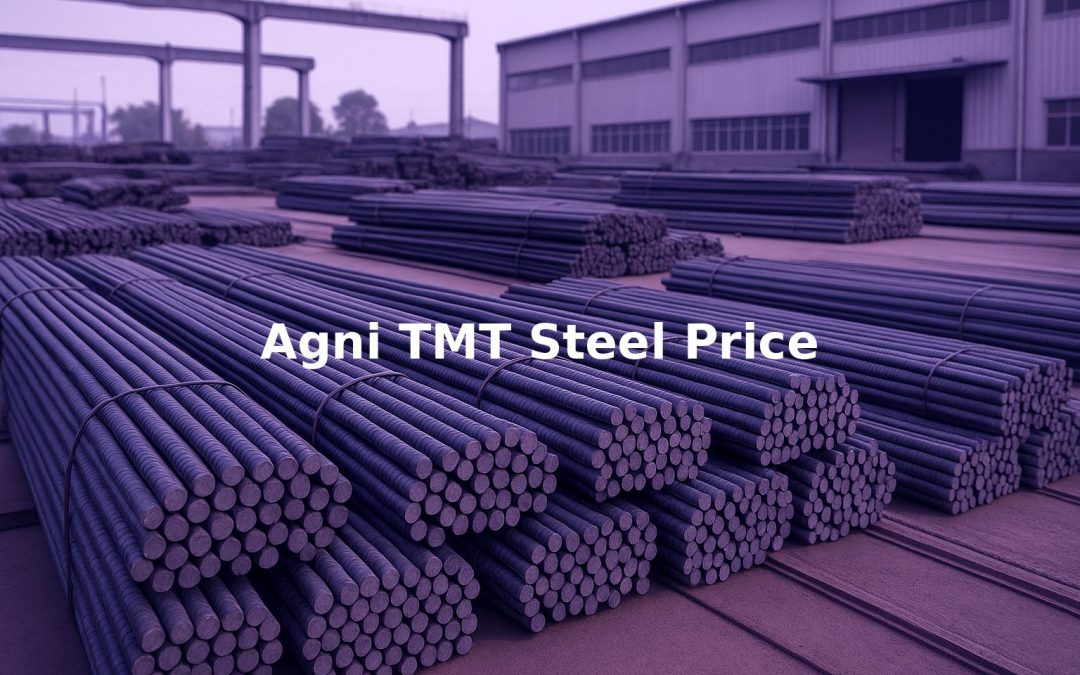
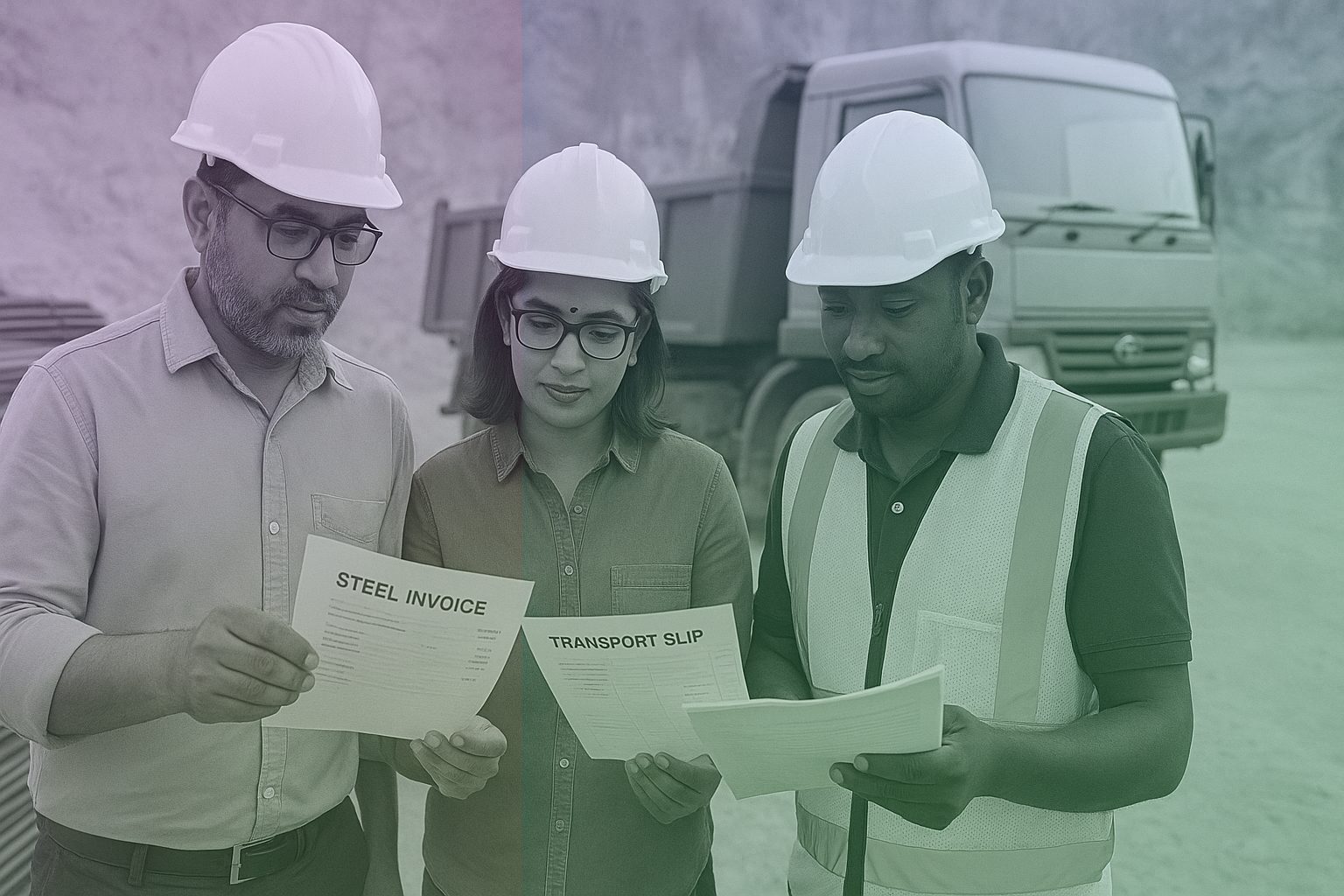

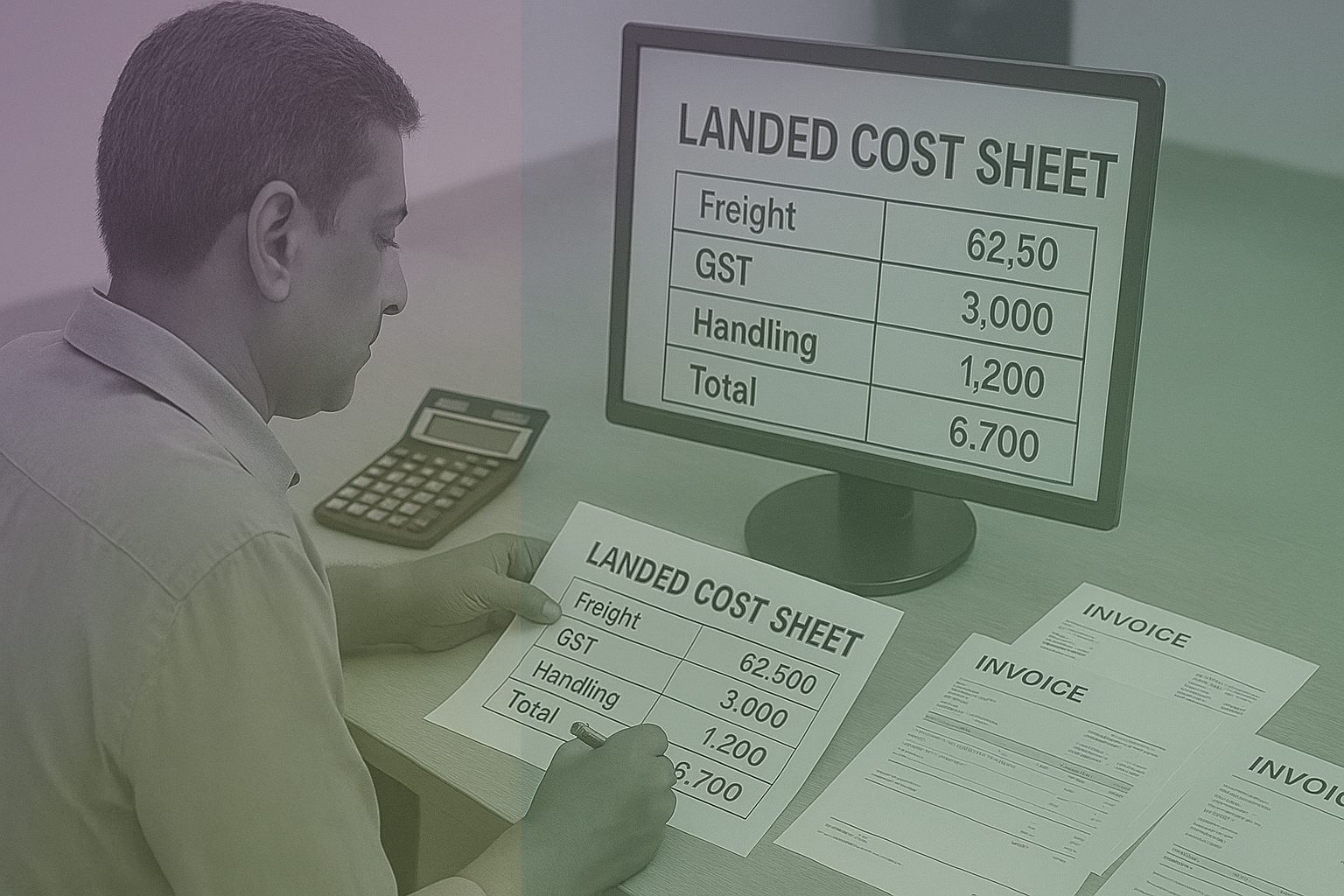
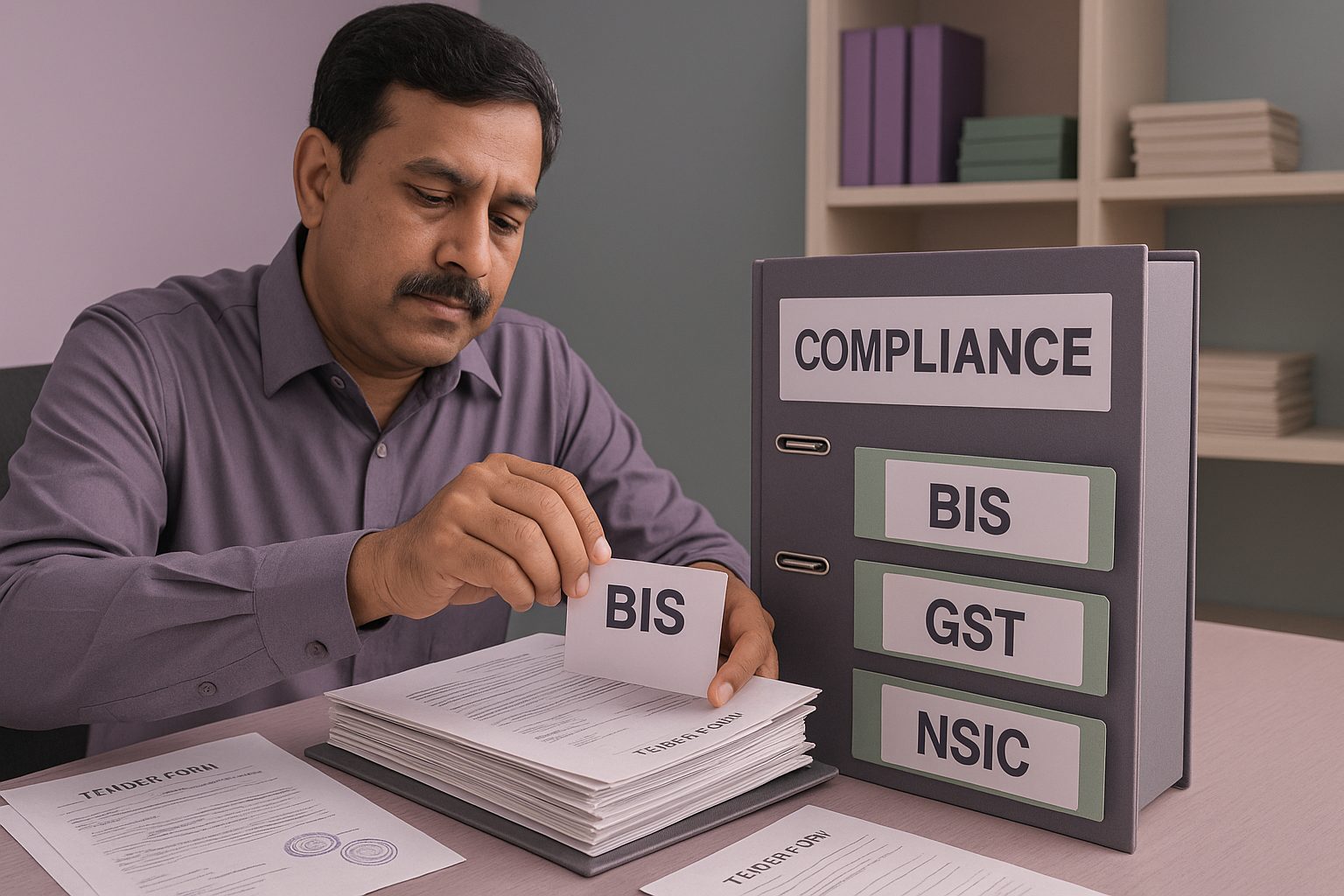
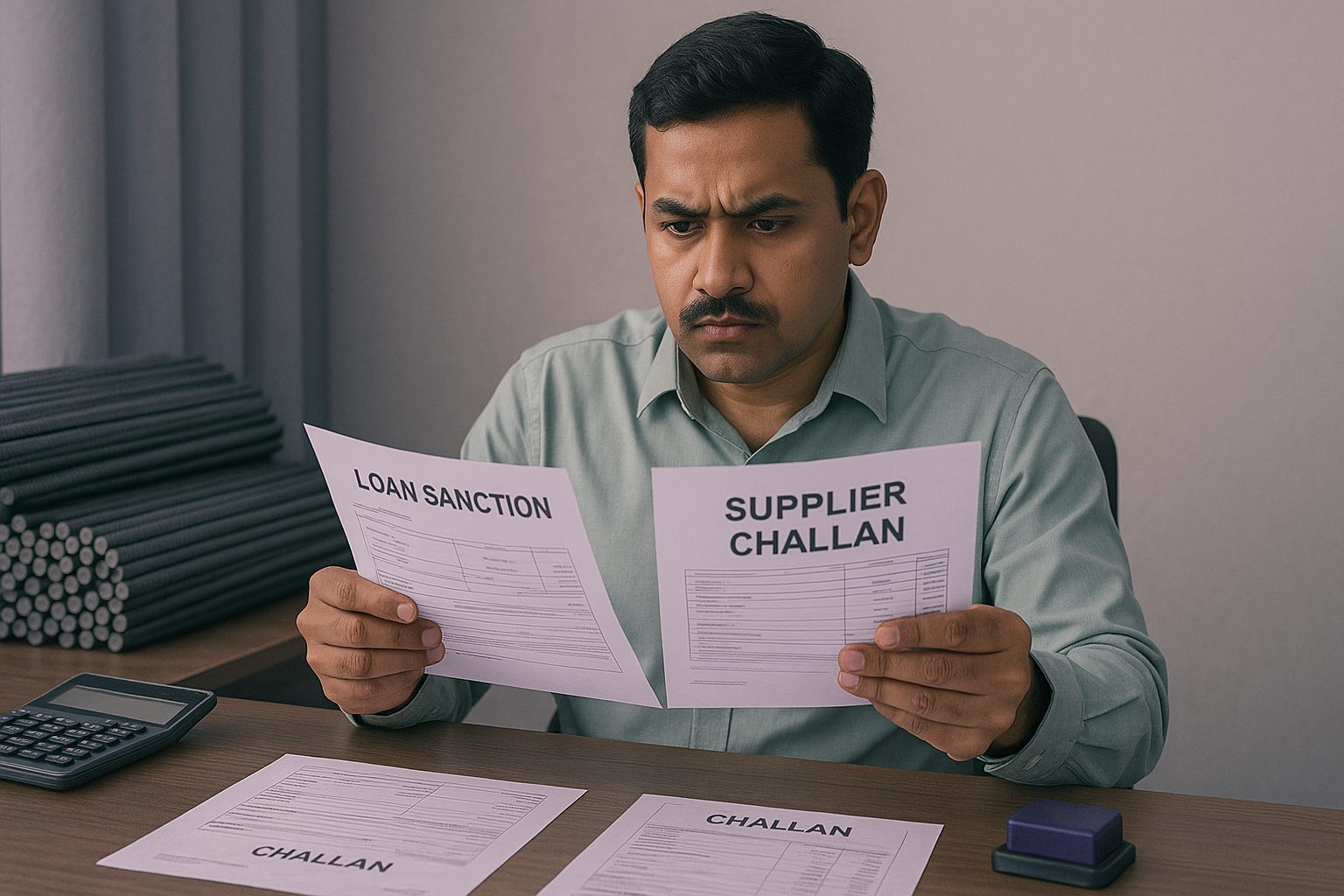
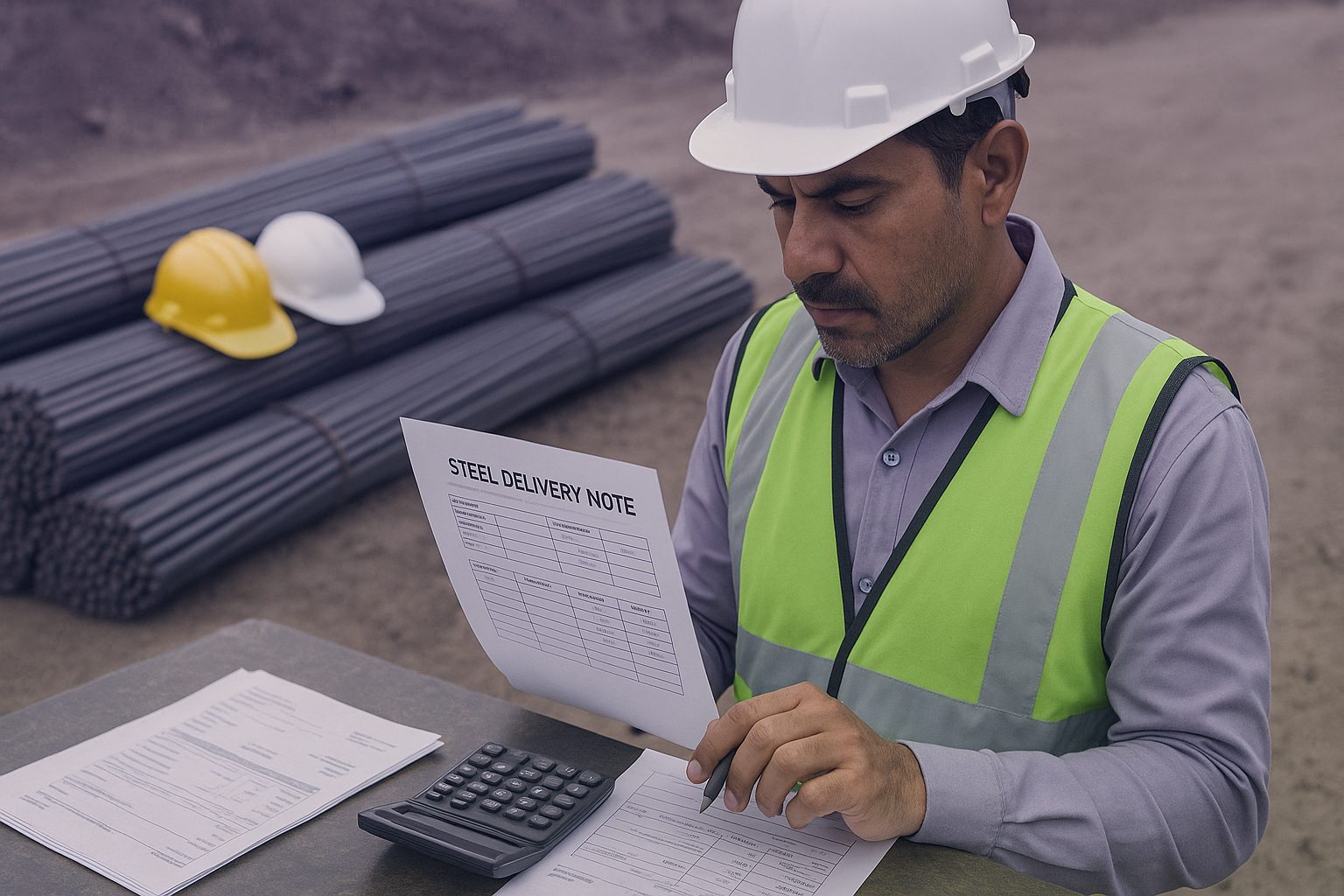


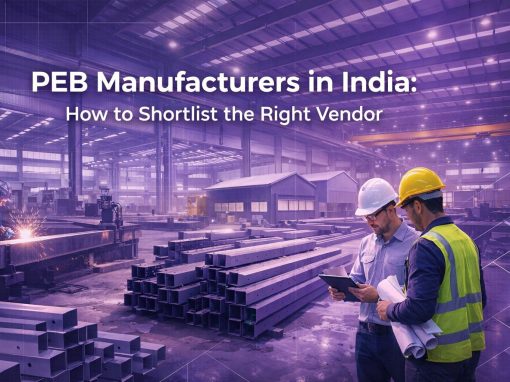
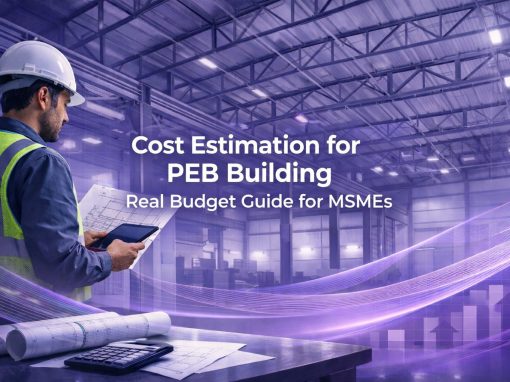

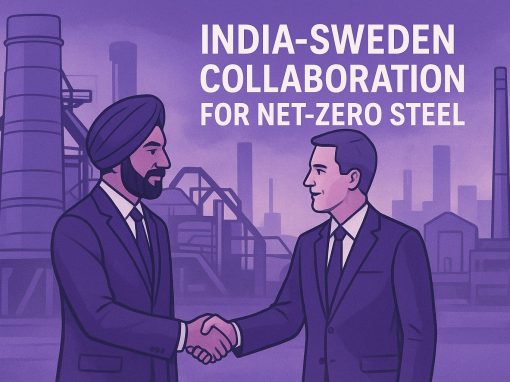
Besides 500D and 500 grades, what other TMT bar grades does Agni offer? Are there any specialized TMT bars for specific applications for buildings?
Agni Steels offers Fe-550D grade TMT bars in addition to 500D and 500. They also offer specialized 60-feet long TMT bars, designed for larger infrastructure projects that require longer spans and fewer joints.
Agni TMTs are really good quality at a decent price which makes them the popular choice in the South India.